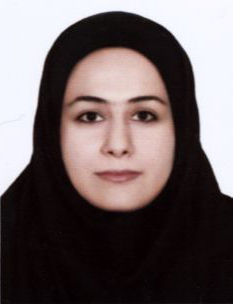Comparison of Five Genomic DNA Extraction Methods in Iranian Medicinal Plant, Echium amoenum
DNA-based techniques are more interesting for the taxonomic study of medicinal plants than the classical methods. DNA isolation from medicinal plants due to the higher secondary metabolites is faced with some difficulties. In this study, five protocols, including the original Doyle and Doyle method, two modified Doyle and Doyle methods in which 2-mercaptoethanol or ammonium acetate were removed, modified Murray and Thompson method, and Gene All kit were assayed to select an appropriate method for the DNA extraction of fresh and herbarium leaves of Echium amoenum Fisch. & C.A. Mey. The quality and quantity of the DNA were examined by gel electrophoresis and spectrophotometric analysis. The applicability of the purified DNA was checked by the PCR of nuclear ribosomal DNA internal transcribed spacer (ITS) sequence. Compared to the original Doyle and Doyle method, the elimination of 2-mercaptoethanol or ammonium acetate had no significant effects (p-value > 0.05) on the quantity and quality of the extracted DNA from fresh and herbarium E. amoenum. Although the highest DNA concentration was obtained by the modified Murray and Thompson method from herbarium leaves, the ITS region was not amplified in this sample. The expected PCR products of the ITS region were amplified from the other DNA samples. In conclusion, the easier modified Doyle and Doyle method by eliminating 2-mercaptoethanol or ammonium acetate is beneficial for DNA extraction from both fresh and herbarium leaves of E. amoenum. This modification does not negatively effect on the following PCR step.

Leave a Reply